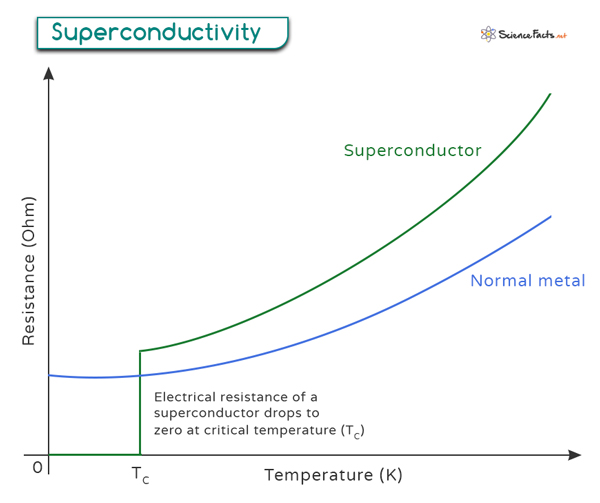The discovery of superconductivity in 1911 by Dutch physicist Heike Kamerlingh Onnes was a groundbreaking development in condensed matter physics.
Characteristics of Superconductors
Understanding Superconductivity
Applications of Superconductivity
Critical Magnetic Field (HC)
Superconductors can expel magnetic fields up to a certain strength. The critical magnetic field is the maximum magnetic field strength that a superconductor can withstand while maintaining its superconducting state. If the external magnetic field exceeds this critical value, the material will revert to a normal state with non-zero electrical resistance. Based on their properties, superconductors are classified into Type I and Type II superconductor.
1. BCS (Bardeen-Cooper-Schrieffer) Theory
In 1957, three scientists named John Bardeen, Leon Cooper, and Robert Schrieffer explained why some materials become superconductors. They said that at very low temperatures, electrons in the material can form pairs. These pairs of electrons, called Cooper pairs, move together through the material without getting stopped, which means there is no electrical resistance. The electrons pair up because they interact with tiny vibrations in the material’s structure.
2. Ginzburg-Landau Theory
In 1950, scientists Vitaly Ginzburg and Lev Landau created a theory to explain how materials become superconductors. They used a special mathematical idea called the order parameter to describe what happens inside the material. This theory helps us understand how superconductors behave when they are close to their critical temperature. It also tells us that the change to becoming a superconductor happens smoothly.
